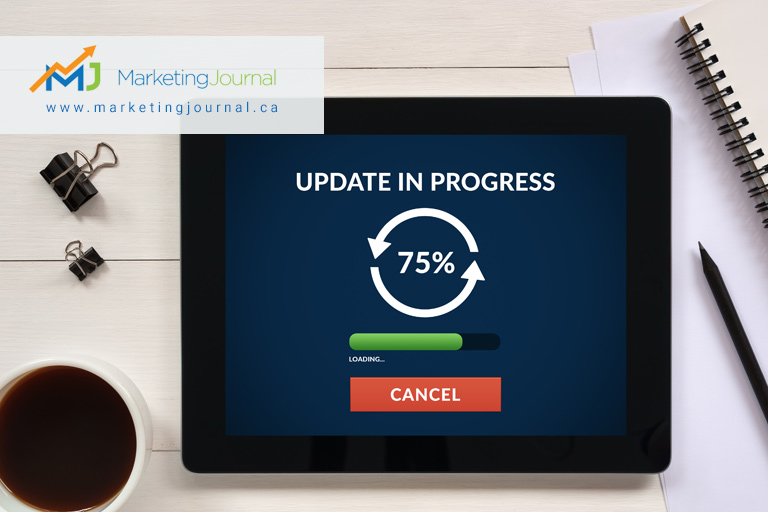As a blogger, who would not want to rank their blog high on Google and show up in the search results page for every relevant search?
You are in the right place!
Google’s ever-changing algorithms can make search engine optimization (SEO) a bit tricky. However, ranking your blog on the first page of the SERP does not take up so much of your time or requires super technical knowledge. As long as you are applying the basics for each of your posts.
In this post, we will quickly discuss the different techniques that will help you create SEO-friendly blog posts and boost your search engine ranking.
- Target the Right Keywords

As one of the most crucial aspects of SEO, using the right keywords to incorporate in your blog lays down the foundation of your SEO efforts.
Targeting relevant keywords gives search engines an idea of what your content is about. Additionally, it helps search engines display your blog in SERPs in response to a search.
Consider these tips for targeting the right keyword:
- Focus on 1 keyword per blog: There are various keyword research tools that can help you choose a focus keyword for your content. Some even display scores on how well your keyword is optimized and provide actionable tips on what you can do to improve it.
- Understand the user intent: When writing a blog, you need to understand user intent and its target keyword to succeed in SEO. For instance, if you are selling dog accessories on your blog, you need to rank for keywords, like buy dog accessories or purchase accessories for dogs, so the search engines will put your blog in front of high-intent customers looking to buy accessories for their dogs.
- Create Buyer Personas
Building a buyer persona is a good way to better understand the needs of your ideal customers and write a more appealing blog for them. When your blog successfully resonates with what your target audience wants to read, it increases shareability and boosts search engine rankings.
- Write Compelling Titles and Meta-Description
Your page’s click-through rate in the search result is also a significant Google blog ranking factor. For instance, if your blog post ranks in the third position for a keyword but gets more clicks than the first, your blog will eventually get the second ranking or even first!
To acquire high CTR and stay on the top spot, you need to write a blog with a compelling title and meta description that helps capture the attention of your target audience and entices them to click. Your title should only have 55 characters, so make sure to give it a thought before writing.
Here are several important tips to consider when writing an SEO-friendly title and meta-description:
- Do not let Google cut off your title and description, so your target audience can get a complete idea of what your content is about.
- Incorporate a relevant keyword in the blog title and meta-description.
- Avoid stuffing your blog with keywords.
- Write Long Blog Posts
Various research showed that longer and more in-depth blog posts tend to rank higher in search engines. For instance, Searchmetrics found that posts containing an average of 1285 words rank at the top 10, while serpIQ revealed that 1500 words to be to a good target length. Whichever word count you want to target, the most important thing to focus on is the quality of your content.
However, Google’s John confirmed that blog posts have no minimum length and that quality is key. He writes, “There’s no minimum length, and there’s no minimum number of articles a day that you have to post, nor even a minimum number of pages on a website. In most cases, quality is better than quantity. Our algorithms explicitly try to find and recommend websites that provide content that’s of high quality, unique, and compelling to users. Don’t fill your site with low-quality content, instead work on making sure that your site is the absolute best of its kind.”
- Promote on Social Media

Unfortunately, not all content gets much traction. When this happens, you probably do not have a solid plan in place for promoting and distributing your blog posts. One of the most effective ways to increase visibility online is to share them on different social media. Assuming you have a community of social media followers on various channels, make sure to share them with them. If you have not built a community of audience, investing in affordable social ads helps you acquire more CTR and build a follower base.
- Improve Page Loading Speed
The faster your web page loads, the happier your target audience will be. About 53% of mobile users will immediately abandon a webpage when it fails to load within 3 seconds. This makes page loading speed a critical Google ranking factor. Use Google’s Page Speed tool to evaluate the speed of your website.
- Make Your Blog Post Mobile-Friendly

Studies showed that most website traffic comes from mobile devices. Websites that are not mobile-friendly fail to provide a good user experience and can receive a hefty penalty from Google.
- Optimize Your Images
Google pays attention to images with alt text. Optimize your images by adding relevant keywords to your image name and meta-description. Proper optimization of images helps Google Image Search send more traffic to your blog. To drive more traffic, simply click on the image and specify the alternative text box. Writing an appropriate description allows Google to determine what the image is all about and display it to your target audience when they do Google image search.
- Getting Links to Your Blogs
Building links to your post can help you boost your ranking in Google. In addition to getting links to your homepage and other high-value web pages, you can also build links to specific blog posts. Writing extremely useful, practical, and unique blog posts can help you get targeted links. Creating “link-worthy” blog posts can help you boost your chances of naturally accumulating links from authoritative websites.
- Refresh Your Content

Since Google loves fresh content, make sure to update and enrich your content with up-to-date facts regularly. Another way to update your content is fixing broken links and improving the user experience. As your previous SEO data is stored, boosting the ranking of your updated blog post on Google is simpler than writing a new one.

